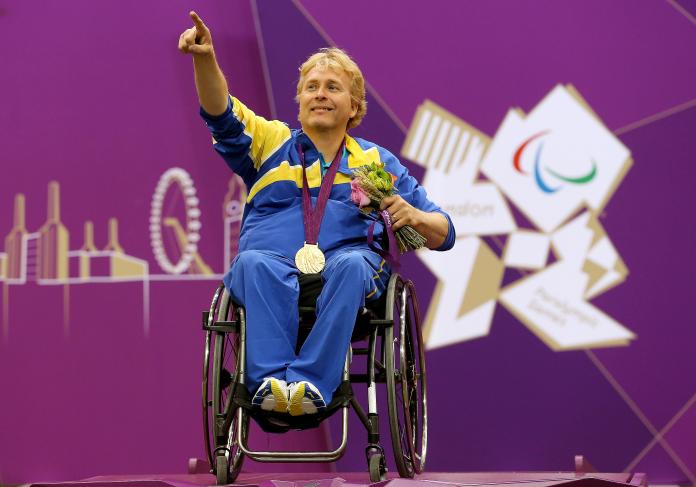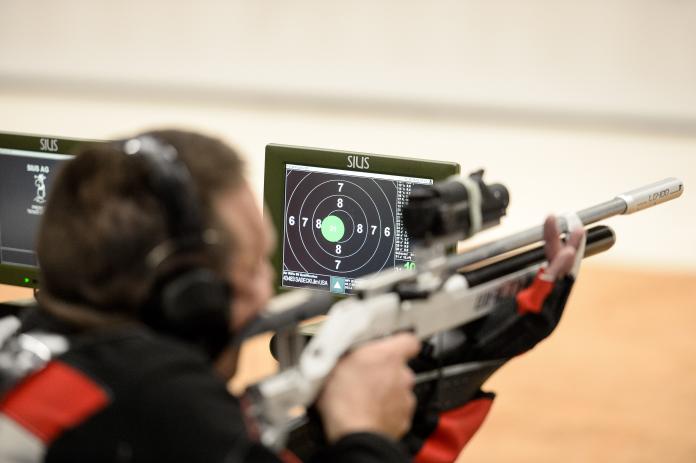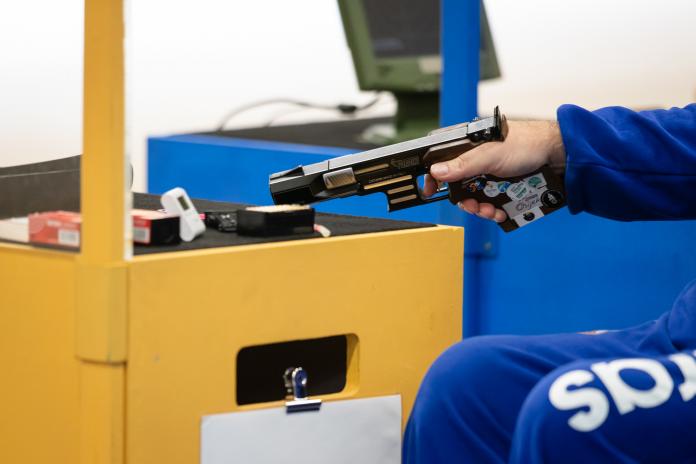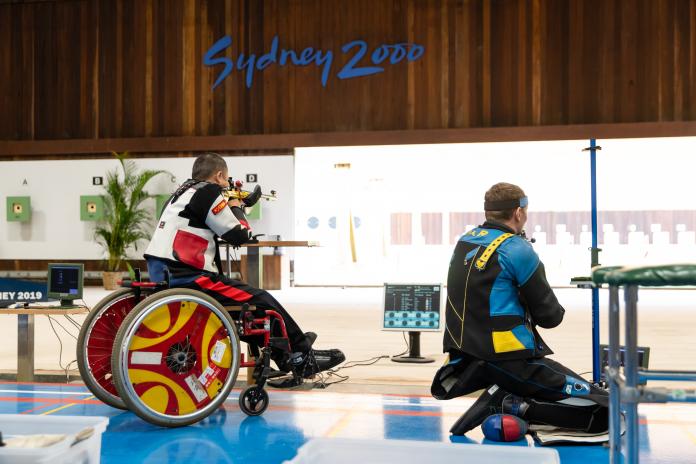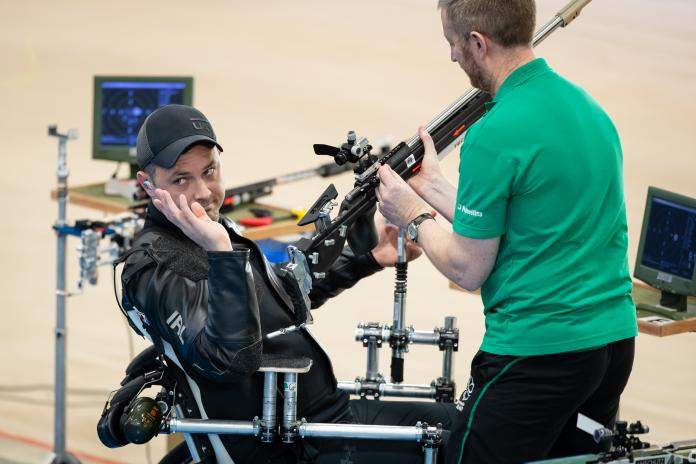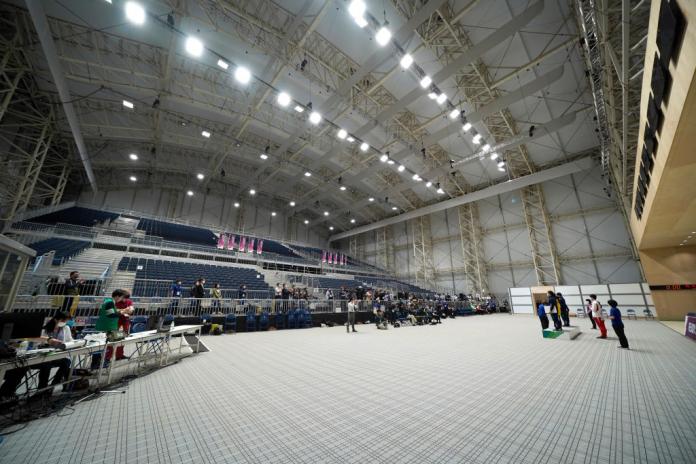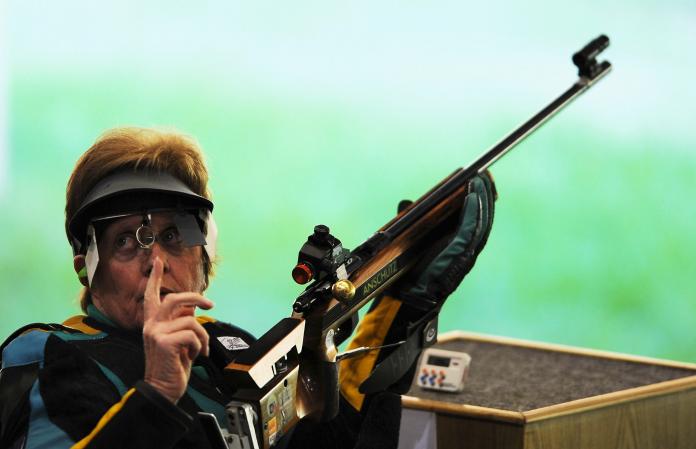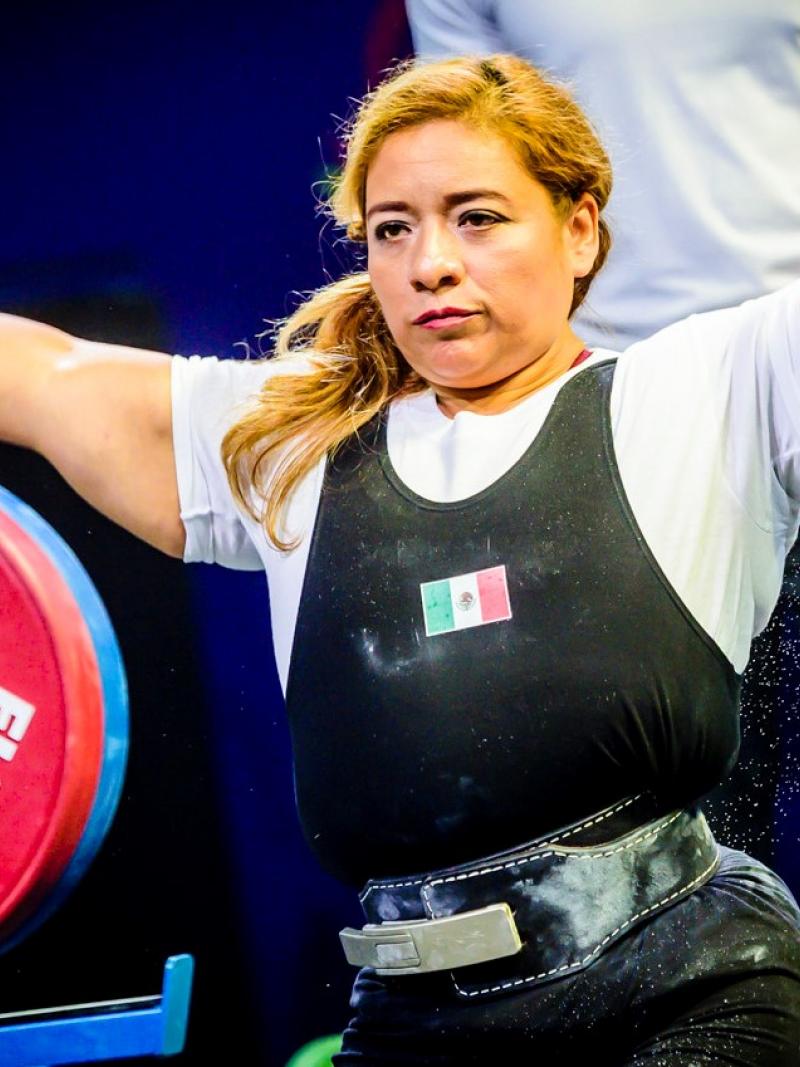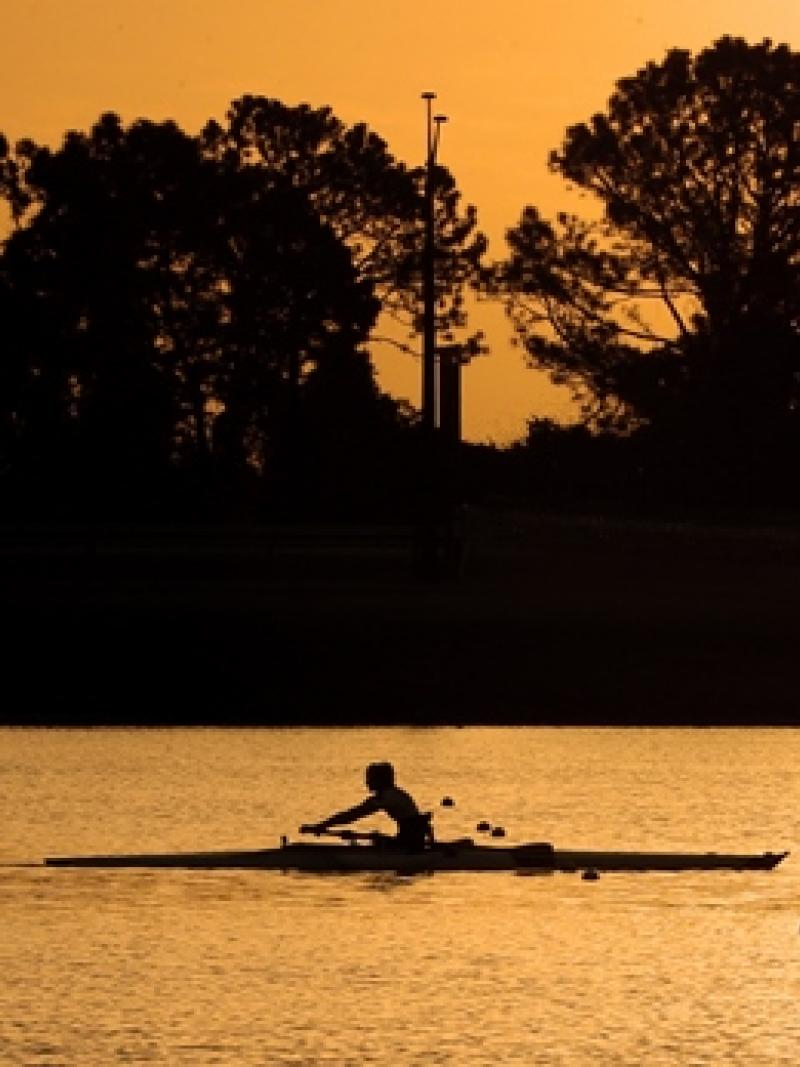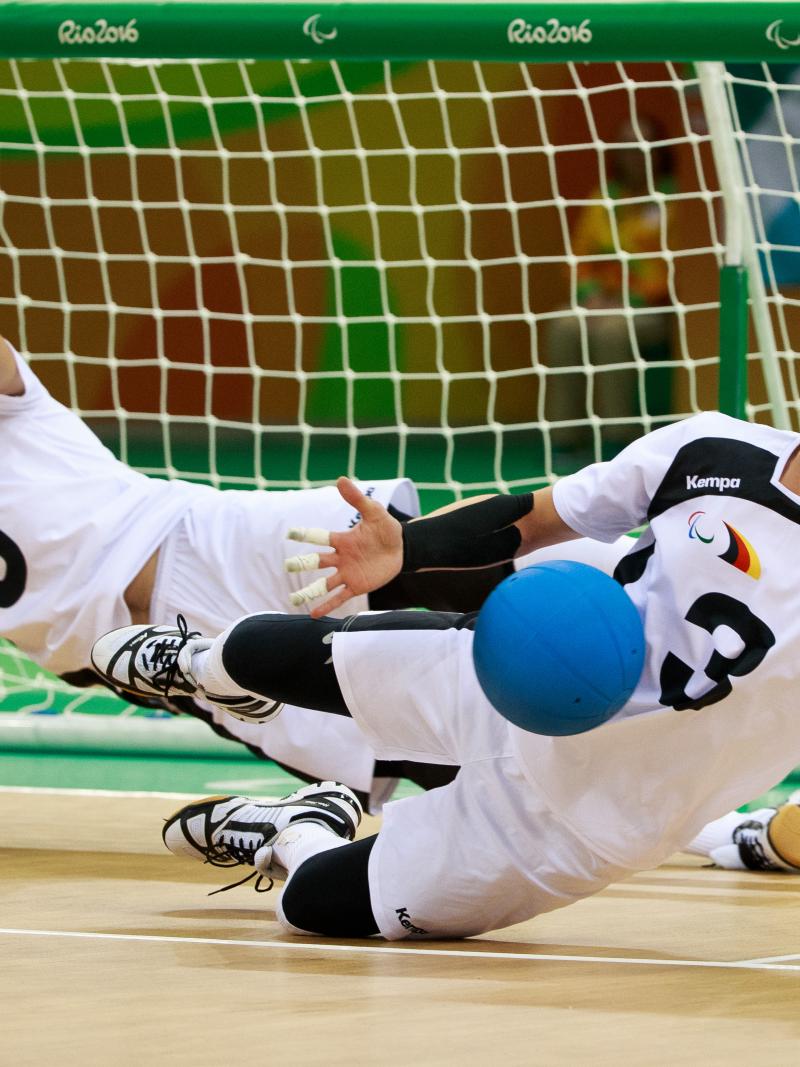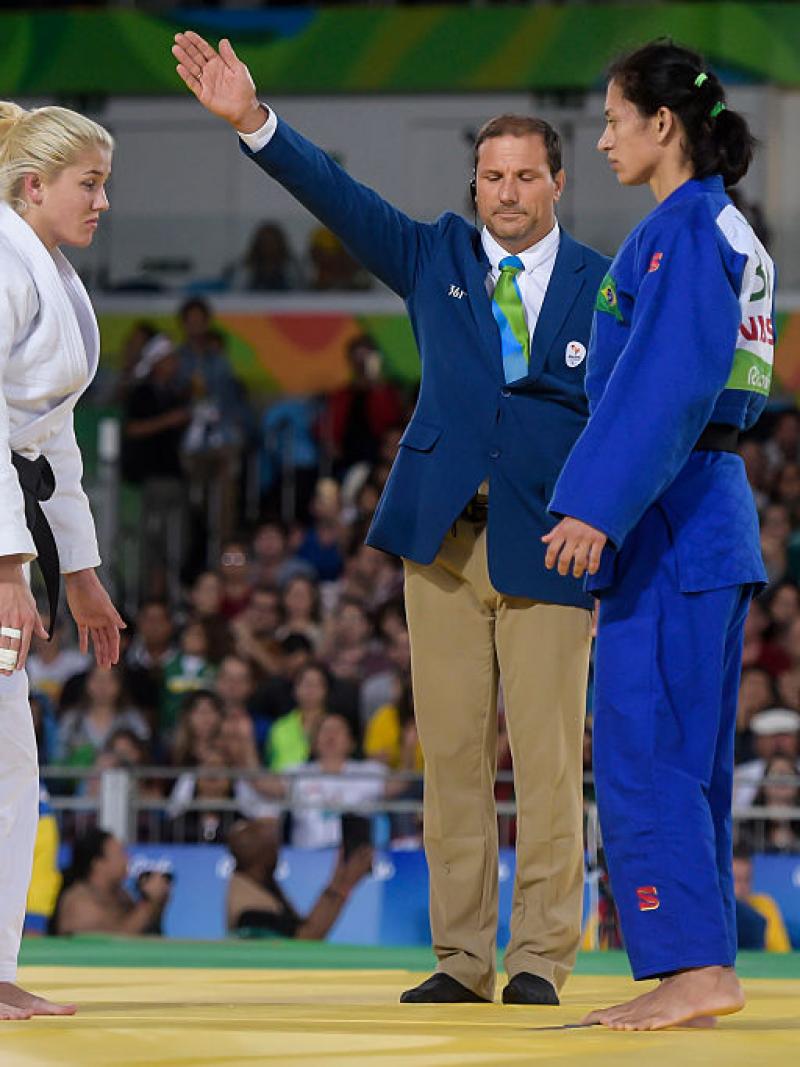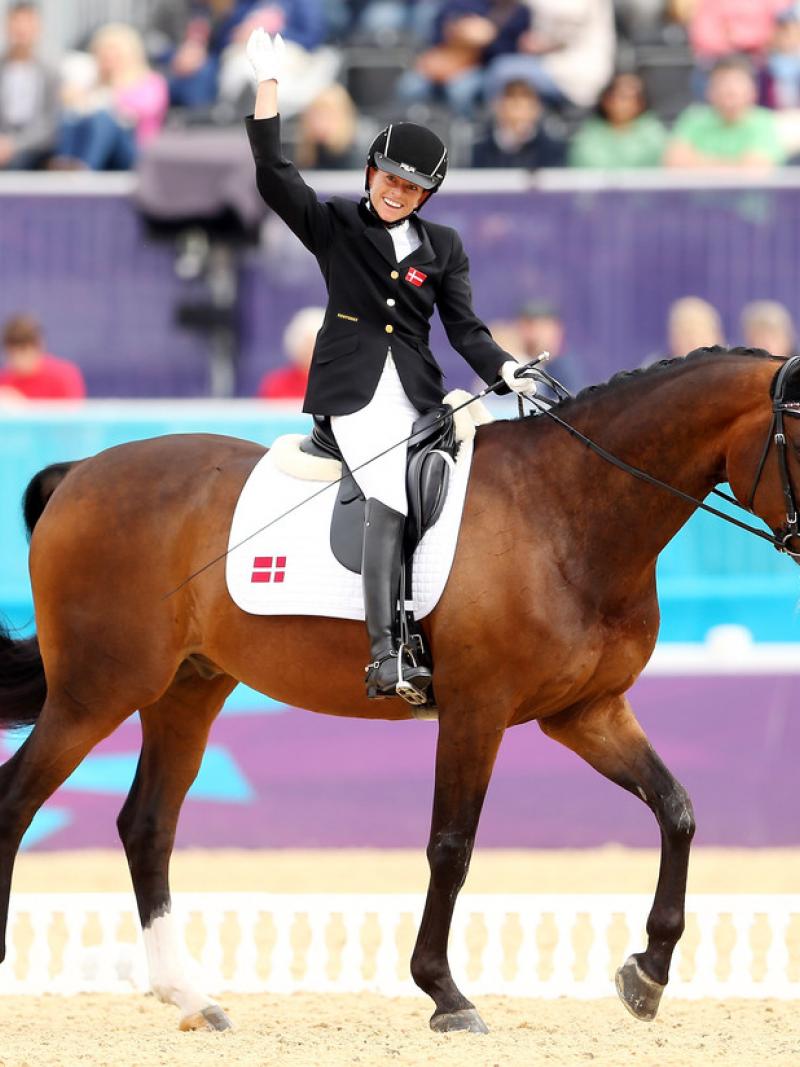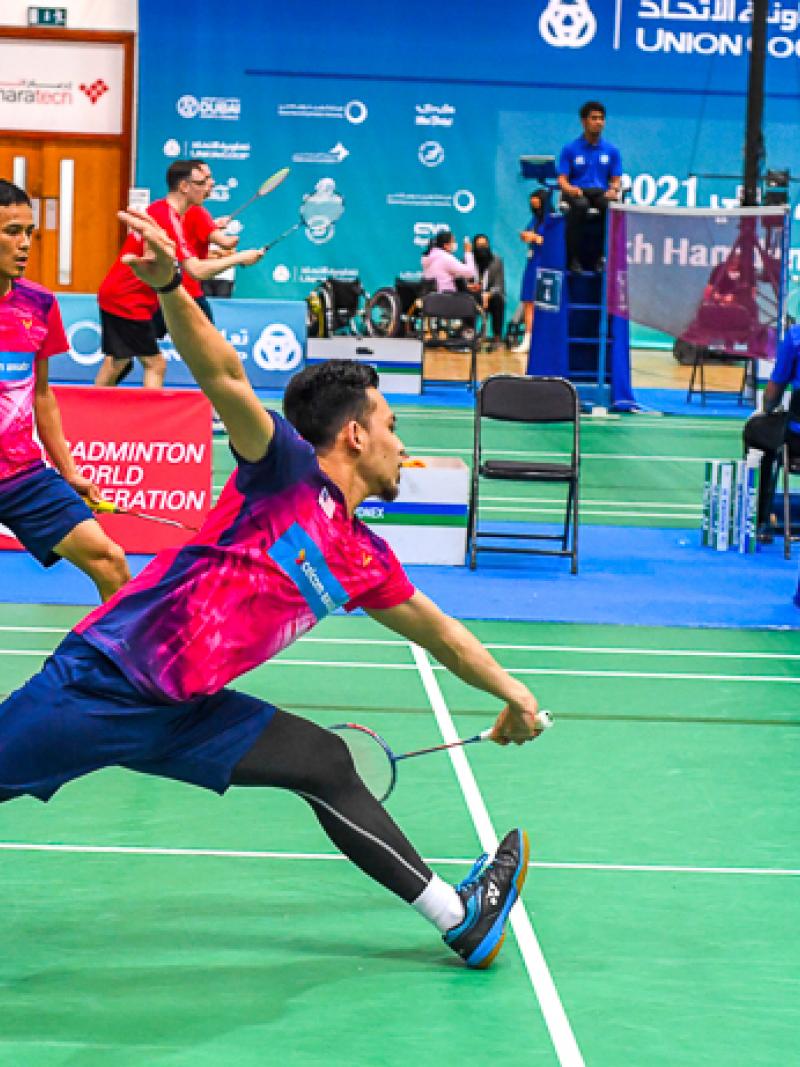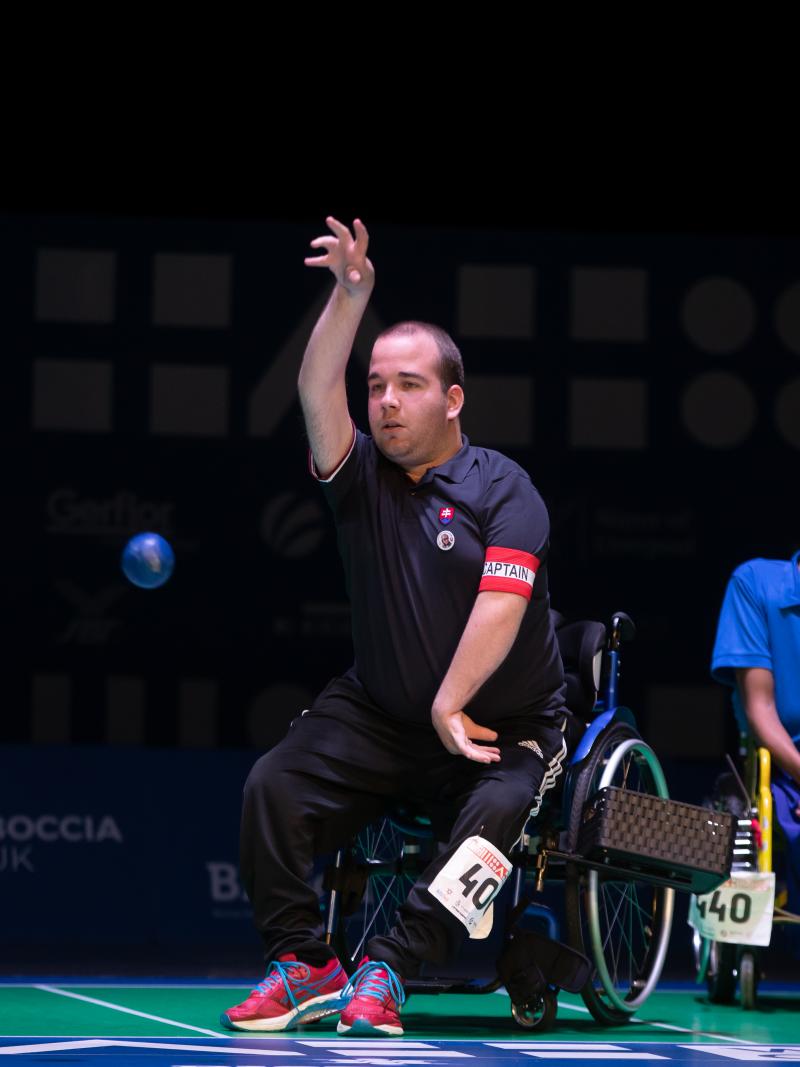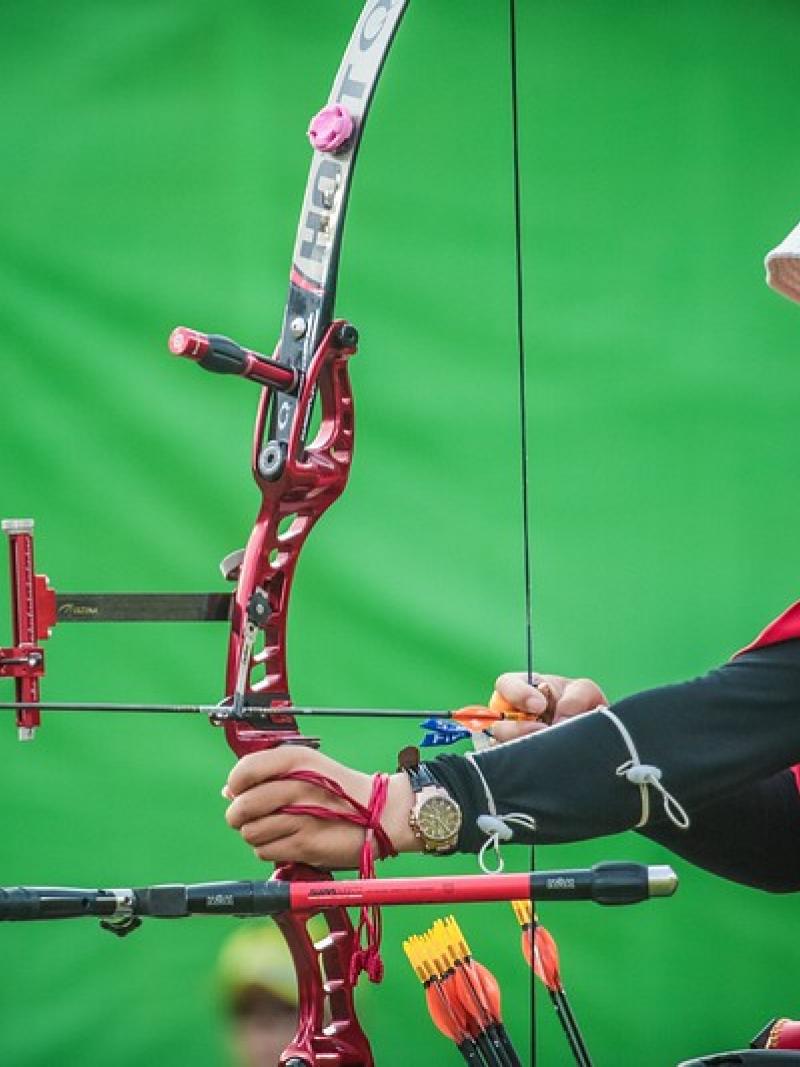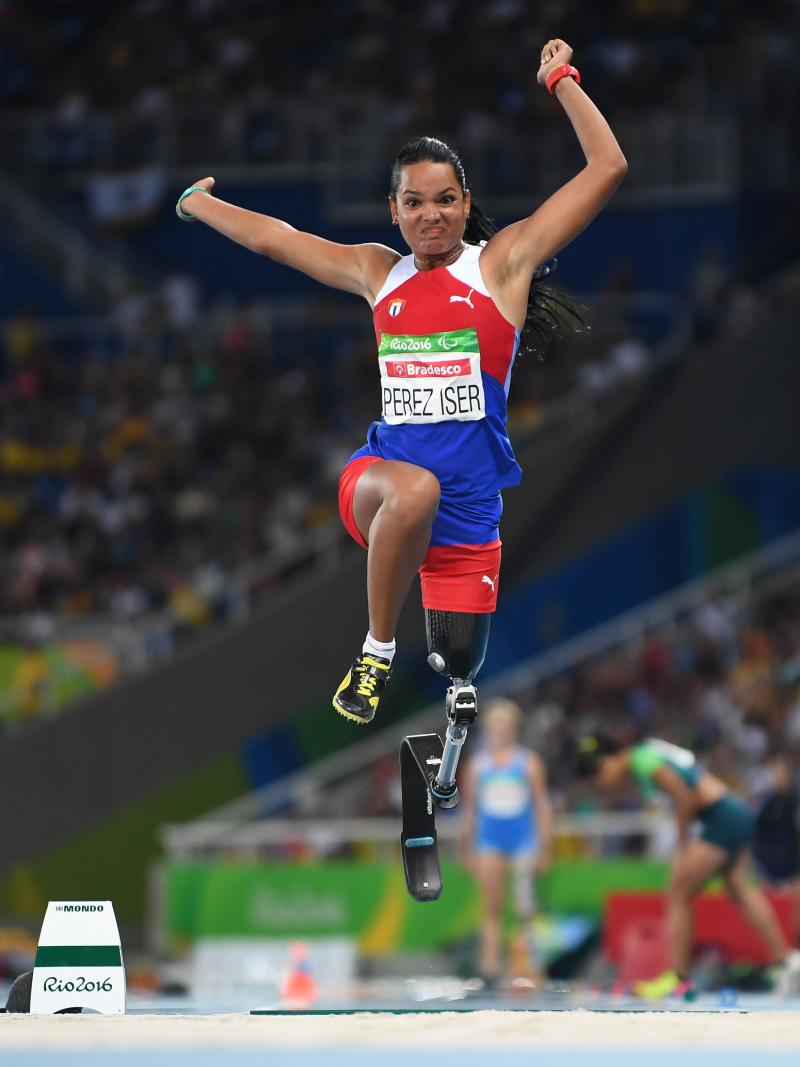Sport Week: 10 things to know about shooting Para sport
The sport has the male summer Paralympian with the most medals 28 Jun 2021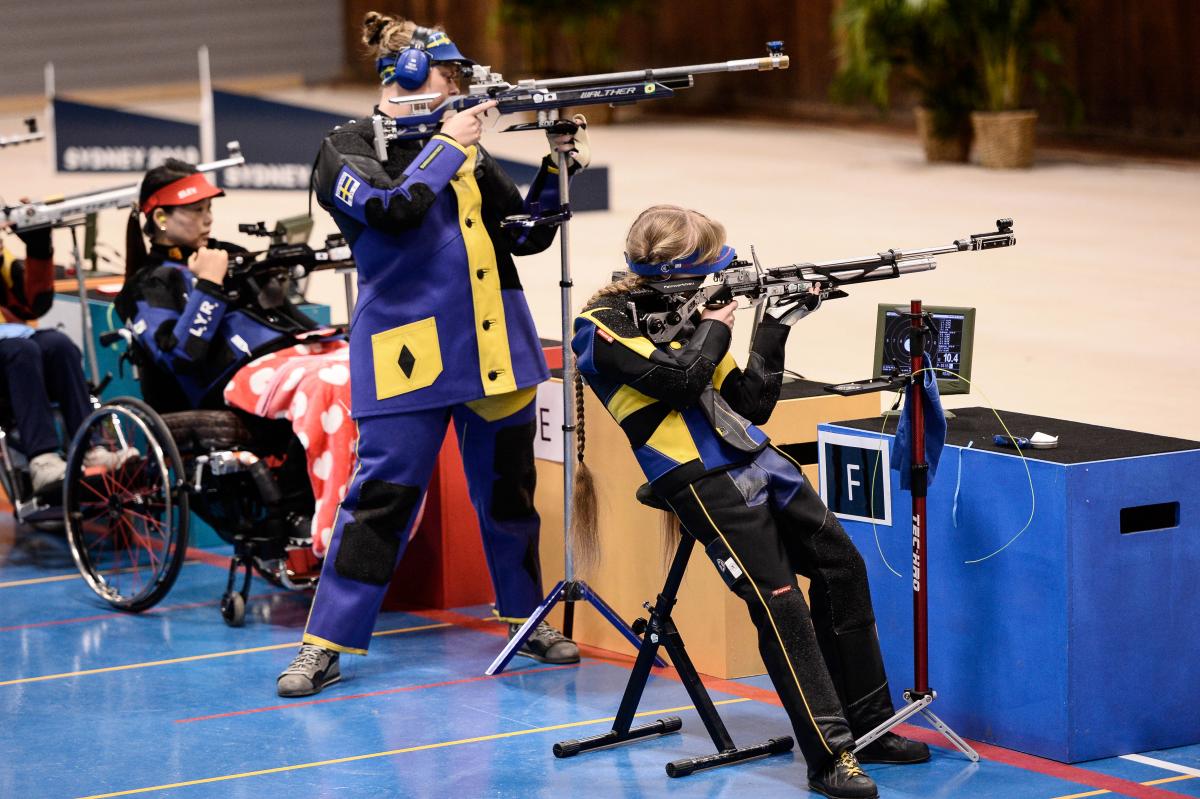
Precision, patience and poise under pressure are traits that define elite shooting Para sport athletes. And there is more than meets the bullseye in this sport:
1. Shooting Para sport has been on the Paralympic programme since Toronto 1976. Sweden and South Korea have been the most successful at the Paralympics, winning 50 medals each. Swedish superstar Jonas Jacobsson is the shooting athlete with more medals (30) than any other Paralympic athlete, winning 17 golds over 10 Paralympics.
2. Shooting Para sport is similar to its able-bodied counterpart. Athletes use the same ranges and targets. The competition format is the same - the goal is to place a series of shots inside the centre ring (‘bullseye’) of the target. The target is comprised of 10 concentric scoring rings with a score grade of 1 to 10; the central ring giving 10 points.
3. Athletes in shooting Para sport have adaptations to their equipment that include the use of a spring stand, cables or chairs. They may also have an assistant loader, trigger adaptations, or the use of a special device for loading ammunition.
4. There are two Paralympic disciplines - rifle and pistol. Athletes shoot at stationary targets from distances of 10m, 25m, or 50m from standing, kneeling, prone or all three. At Tokyo 2020, there will be 13 medal events, with R9 (mixed 50m prone SH2) being the newest addition.
Rifle
R1 (men’s 10m air rifle standing SH1)
R7 (men’s 50m rifle 3 positions SH1)
R2 (women’s 10m air rifle standing SH1)
R8 (women’s 50m rifle 3 positions SH1)
R3 (mixed 10m air rifle prone SH1)
R4 (mixed 10m air rifle standing SH2)
R5 (mixed 10m air rifle prone SH2)
R6 (mixed 50m rifle prone SH1)
R9 (mixed 50m rifle prone SH2)
Pistol
P1 (men’s 10m air pistol SH1)
P2 (women’s 10m air pistol SH1)
P3 (mixed 25m pistol SH1)
P4 (mixed 50m pistol SH1)
5. In shooting, there are three different sport classes for pistol and rifle disciplines, and these sport classes are specific to the event. The classes are based on the degree of impairment and whether the athlete is able to hold the gun with their arms (hands or arms).
SH1 pistol: For athletes with an upper and/or lower limb impairment.
SH1 rifle: For athletes with a lower limb impairment. They can fully support their rifle on their own.
SH2 rifle: Athletes with upper and/or lower limb impairment. SH2 athletes generally need assistance to support the rifle and can use a spring stand or the use of a loader.
©Narelle Spangher
6. The highest score an athlete can reach is 10.9. In rifle events, the bullseye is only about 0.05cm wide - about the size of a full-stop on a page.
7. All athletes take part in an opening qualification round, with the top eight scorers moving on to the finals. The final round is single elimination. All qualified athletes start from zero and the lowest score after three rounds – and every round thereafter – is eliminated. This results in a gold medal shootout in every event.
8. At Tokyo 2020, shooting events will take place at the same venue used for the 1964 Summer Olympics – the Asaka Shooting Range. The 10m events will take place indoors, while athletes in the 25m and 50m events must deal with changes in lighting and wind at outdoor ranges.
9. Shooting athletes do not use any magnification through their scopes, despite what it may look like. Only open sights are allowed.
10. The most successful female athlete in the sport is Australian Elizabeth Kosmala, who won nine golds and three silvers between 1976 and 1988 -she also took a bronze in swimming-. She was the oldest Paralympian to compete at Rio 2016 at 72 years old.
 Facebook
Facebook
 Instagram
Instagram
 Twitter
Twitter
 Youtube
Youtube

